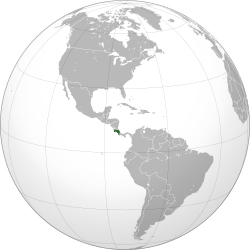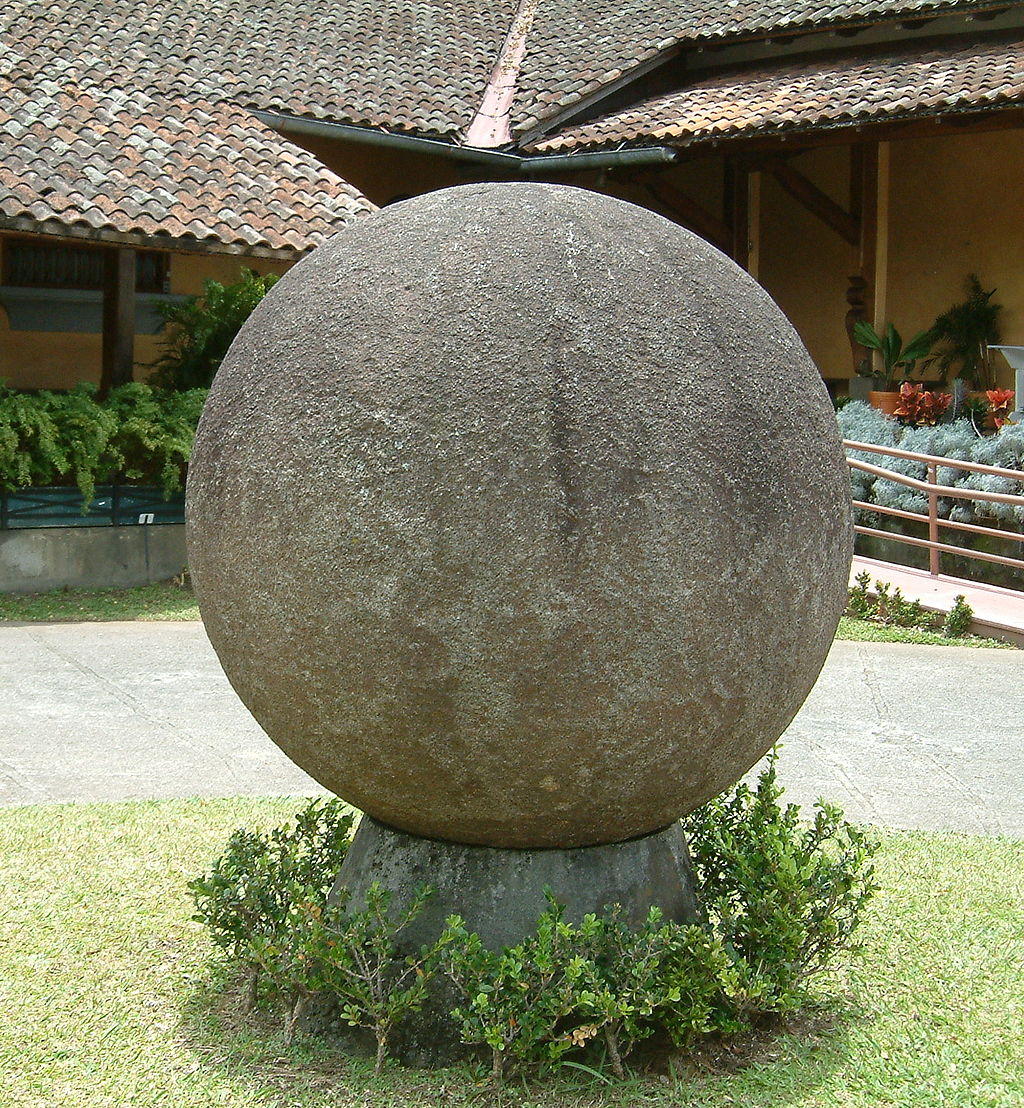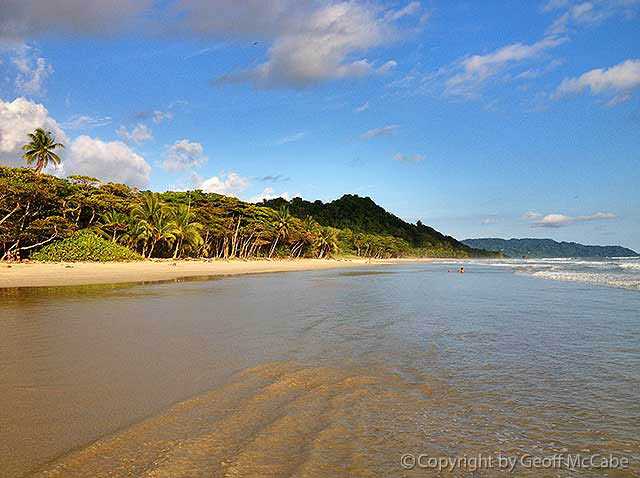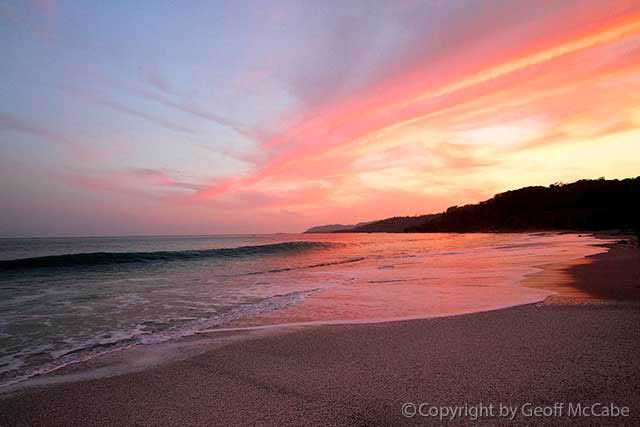 |
Why Costa Rica? |  |
Why Costa Rica?

Costa Rica Ecological Commitment & Success
Once a backwater colony, since attaining independence in the 19th century, Costa Rica has become one of the most stable, prosperous, and progressive nations in Latin America, and a world leader in green sustainability. Costa Rica is at the forefront of environmental stewardship in Central America.
• It permanently abolished its army in 1949, becoming the first of a few sovereign nations without a standing army. On December 1, 1948, President José Figueres Ferrer abolished the military of Costa Rica. In a ceremony in the Cuartel Bellavista, Figueres broke a wall with a mallet symbolizing the end of Costa Rica's military spirit. In 1949, the abolition of the military was introduced in Article 12 of the Costa Rican constitution. In 1986, President Oscar Arias Sánchez declared December 1 as the Día de la Abolición del Ejército (Military Abolition Day). The country maintains Police Guard forces.
• The budget previously dedicated to the military now is dedicated to security, education and culture. The museum Museo Nacional de Costa Rica was placed in the Cuartel Bellavista as a symbol of commitment to culture.
• Unlike its neighbours, Costa Rica has not endured a civil war since 1948.
• Costa Rica has consistently been among the top-ranking Latin American countries in the Human Development Index (HDI).
• In 2010 Costa Rica was cited by the United Nations Development Programme (UNDP) as having attained much higher human development than other countries at the same income levels, while in 2011, the UNDP also identified it as a good performer in environmental sustainability, with a better record on human development and inequality than the median of their region.
• Costa Rica is known for its progressive environmental policies, being the only country to meet all five criteria established to measure environmental sustainability. It ranks 5th in the world, and 1st among the Americas, in the 2012 Environmental Performance Index.
• In 2007, the Costa Rican government announced plans for Costa Rica to become the first carbon-neutral country by 2021.
• The New Economics Foundation (NEF) ranked Costa Rica 1st in its 2009 Happy Planet Index, and once again in 2012.
• The NEF also ranked Costa Rica in 2009 as the greenest country in the world.
• Although a tiny country, Costa Rica possesses the greatest density of species in the world.
• In 2012, Costa Rica became the first country in the Americas to ban recreational hunting after the country’s legislature approved the popular measure by a wide margin.
• 90 % of electric power in Costa Rica is generated by renewable sources, such as hydro-electric, wind, and geo-thermal.
• Over 27% of Costa Rica's national territory is protected by SINAC (the National System of Conservation Areas), which oversees all of the country's protected areas. In addition to national parks, land & marine reserves, forest preserves, there are many private eco sancturies helping to preserve the magnificence of the natural resources. The National Park of Corcovado, in the Osa peninsula, is known world-wide for its amazing rain forest safaris and educational tours.
• Costa Rica demonstrates biodiversity conservation for developing countries. The Costa Rican government is active in protecting its biodiversity for the ecological services they provide. The government imposes a five percent tax on gasoline to generate revenue to pay landowners to refrain from clear-cutting on their land and instead to create tree plantations. This provides Costa Ricans (“Ticos”) incentive to become active tree farmers instead of cattle ranchers.
Costa Rica is now known throughout the world as an eco-friendly country with a spectacular nature, whose wildlife thrives, whose national parks are treasure troves of tropical fauna & flora, and whose jungles are the only ones in Central America that are actually expanding in area every year, due to careful stewardship of the country’s natural resources. Costa Rica is showcasing for the world the multiple benefits of intelligent sustainability on a national scale.

Stone sphere created by the indigenous Diquis culture.
Courtyard of the National Museum of Costa Rica.
The sphere is the icon of the country's cultural identity.
We find quite auspicious to bring the StarWheel mandalas and their spherical vorticity to a country honoring the sacred geometry of the sphere, a world-wide symbol of perfection and oneness... and to bring to Costa Rica the project of a global Ec-Yoga Village, a sacred space to re-learn the ways of personal, community and world harmony...
Beaches in Costs Rica
Photos taken by Anamaya Resort's Geoff McCabe.


Waterfalls & Rain Forest
Because Costa Rica is located between 8 and 12 degrees north of the Equator, the climate is tropical year round. However, the country has many microclimates depending on elevation, rainfall, topography, and by the geography of each particular region.Costa Rica's seasons are defined by how much rain falls during a particular period. The year can be split into two periods, the dry season (December to April) known to the residents as "summer", and the rainy season (May to November), known locally as "winter".
There are currently 26 National Parks of Costa Rica, which are managed under the umbrella of SINAC. All told, Costa Rica's protected areas encompass 27% of the country's total landmass. Costa Rica's progressive policies on environmental protection and sustainable ecotourism in the National Parks System have been lauded as a model for other countries. The rainforests, tropical forests, marine areas and wetlands of Costa Rica are the subject of many university and scientific organization studies.
The Cordillera de Talamanca is home to an impressive collection of national parks and other preserved areas, including the La Amistad International Park, which extends into Panamá. On the southern Osa Peninsula is the internationally renowned Corcovado National Park, which preserves a remnant of sizeable lowland tropical rainforest that is unique in the world. Manuel Antonio National Park was listed by Forbes in 2011 among the world's 12 most beautiful national parks.
Costa Rica is famous for its more than 1400 species of orchids.
Montezuma waterfalls.
Thriving & Friendly Wildlife Neighbors
Costa Rica supports an enormous variety of wildlife, due in large part to its geographic position between the North and South American continents, its neotropical climate, and its wide variety of habitats. Costa Rica is home to more than 500,000 species, of which a little more than 300,000 are insects. Costa Rica is considered to possess the highest density of biodiversity of any country worldwide. While encompassing just one third of a percent of Earth’s landmass (approximately the size of West Virginia), Costa Rica contains four percent of species estimated to exist on the planet. Hundreds of these species are endemic to Costa Rica.
One of the principal sources of Costa Rica's biodiversity is that the country, together with the land now considered Panama, formed a bridge connecting the North and South American continents approximately three to five million years ago. This bridge allowed the very different flora and fauna of the two continents to mix.
Costa Rica’s biodiversity can be attributed to the variety of ecosystems within the country. Tropical rainforests, deciduous forests, Atlantic and Pacific coastline, cloud forests, and Mangrove forests are all represented throughout the 19,730 square miles of Costa Rica’s landmass. The ecological regions are twelve climatic zones. This variation provides numerous niches which are filled by a diversity of species.
A Bird Paradise
Although Costa Rica is a small country, it is in the bird-rich neotropical region and has a huge number of species for its area. 894 bird species have been recorded in the country (including Cocos Island), more than in all of the United States and Canada combined. Of those species, eight are endemic (five mainland species and three species found only on Cocos Island) and 19 are globally threathened. The Official List of the Asociación Ornitológica de Costa Rica contains 857 species. Over an area of 51,100 km2, an area smaller than West Virginia, this is the greatest density of bird species of any continental American country.
See the List of birds of Costa Rica on Wikipedia: http://en.wikipedia.org/wiki/List_of_birds_of_Costa_Rica
Whales & Dolphins
If you feel so inspired and want to be involved in the PURNA VIDA project,
kindly help us here:









